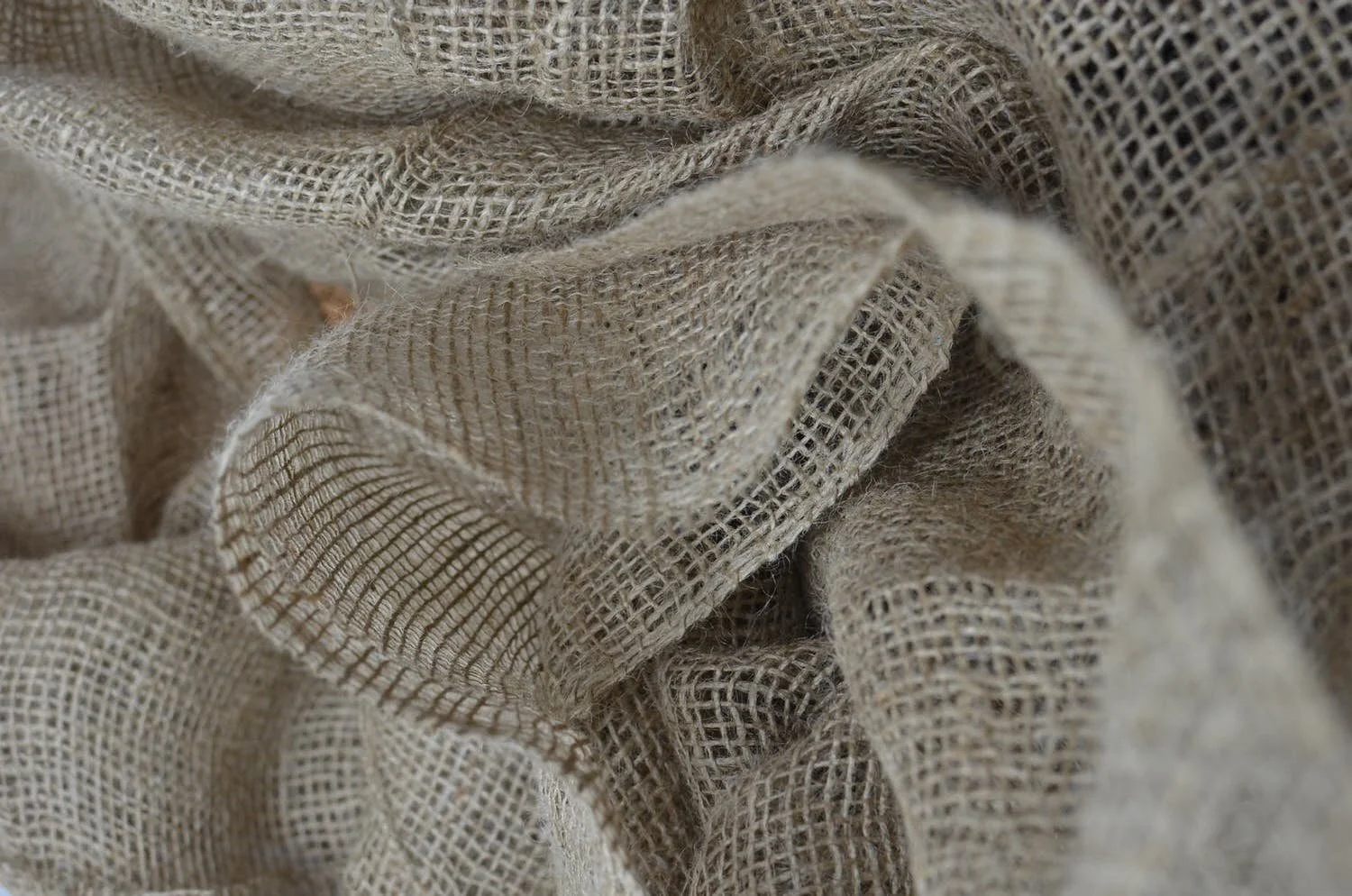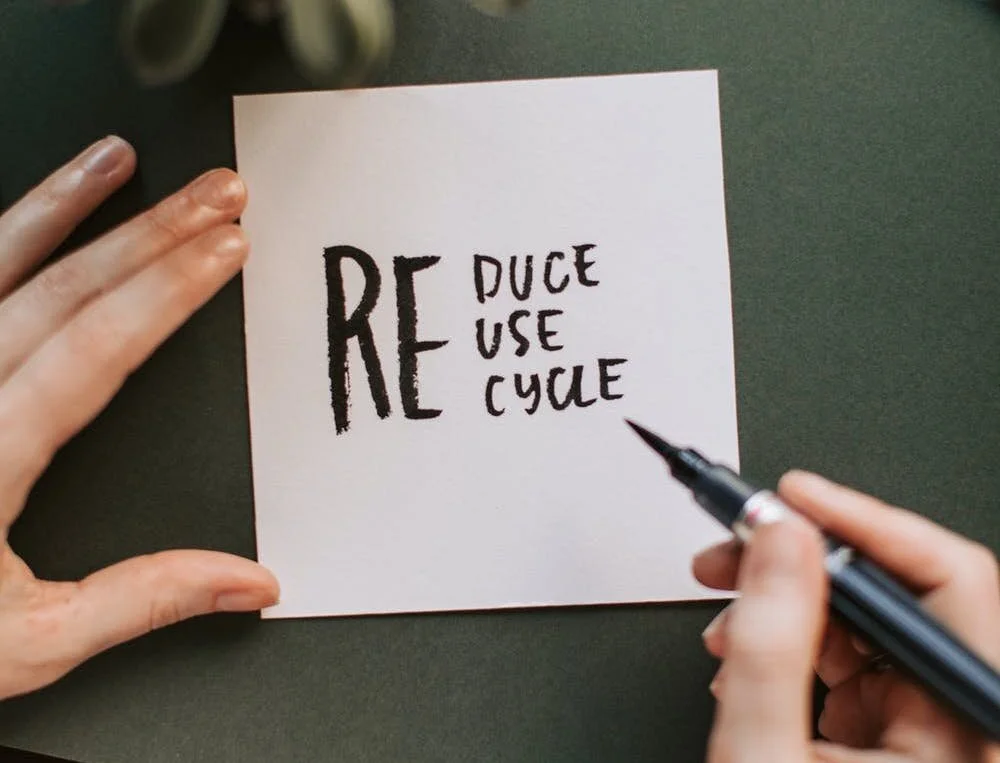How does clothing recycling work?
After a decade of growing emphasis on sustainability in the fashion industry, it is generally agreed that in order to slow down the harmful effects of apparel production and consumption, we need systematic, global changes to the way we make, use and dispose of our clothing.
However, before we all go Marie Kondo, we need to face the fact that there are already a ton of goods in circulation and there will be even more produced in the foreseeable future. Therefore, change will be slow and will need to be focused on incentivizing companies to build (and rebuild) their business models to keep resources in use for as long as possible, get the most value from those resources while in use, and, finally, recover and regenerate products and materials at the end of their useful life.
At SCRAP we focus on the clothing that is already made and the best ways to prolong its life cycle. We hope that, sooner than later, we’ll have the tools for its life to never end (especially not in a landfill).
Currently, one of the best tools we have for extending the life of textiles is recycling. Textile recycling is progressively showing promising results in reducing the amount of waste and for providing a sustainable source of raw materials for producing new goods. The textile recycling industry does not only help to preserve the environment, it also inspires new technologies and opens up new job and business opportunities. According to imarcgroup.com, the global textile recycling market reached a value of around US$ 5 Billion in 2020 and is expected to steadily grow in the coming years.
Current methods of recycling are only scratching the surface of their potential. Fabrics can’t be indefinitely recycled yet. While it’s relatively easy to recycle raw fabrics, manufacturing scraps and pre-consumer fabrics, it’s very difficult to recycle post-consumer (used) clothes. Usually, post-consumer clothes can only be shredded and reused for industrial purposes, such as insulation or stuffing. But even textile scraps can only be truly recycled if they are 100% pure synthetics like polyester and nylon. Most textiles, even scraps, are blended (for example most socks are made of 20% polyester and 80% cotton), and therefore are not easily recycled because of the complicated process of separating different fibers without compromising their quality.
So how does the recycling process work for those fibers?
Basically, there are two techniques: mechanical and chemical recycling.
The most popular (and primitive) recycling process is a mechanical recycling process that can be used for natural fibers and blends. With this process, we pull the material apart to produce singular fibers that can be respun and reused to manufacture new fabrics. Those fibers, however, are shorter than they were at the beginning of their life cycle, which means they have lower quality and strength, and thus generally can’t be used for clothing again. Most of the materials made from this process can’t produce clothing and are therefore turned into fabrics used in furniture, mattresses, carpets, blankets, or industrial products, such as insulation or stuffing.
The other recycling process is chemical recycling, which is used for polyester-based materials. For this process, clothes have to be composed of only one type of fiber (no blends!). A good example is a process of recycling PET bottles, which has a variety of pros and cons. We’ll write about that in more detail in a future post, as it's a longer case study that illustrates very well how much we still have to learn and improve when it comes to recycling.
As we look to the future, there are some amazing new recycling methods in development that aim to eliminate the constraints we see with mechanical and chemical recycling. An interesting example is a collaboration between H&M and a group of researchers led by Carol Lin. They claim to have found a new way of recycling cotton and polyester blends. Apparently, by feeding the fabrics to a specific type of fungi, they can break down the cotton into glucose and use the remaining pure polyester fibers to make new clothing. How cool is that!?
At SCRAP we are on a mission to help save the planet by collecting unwanted clothes. As we want to be as transparent as possible, we want to make sure that the clothes and accessories you are donating, end up in good hands, whether that be of recycling or redistribution partner. Click below to schedule a pick-up.





